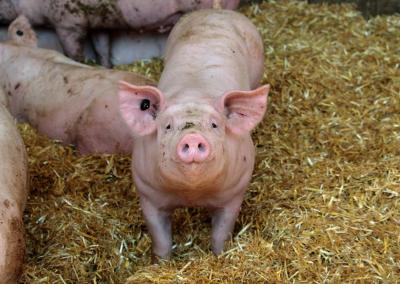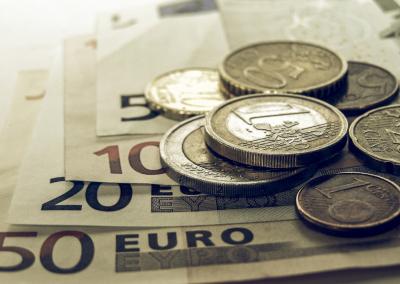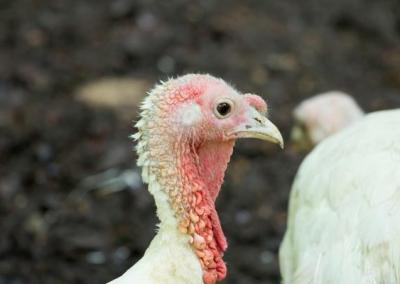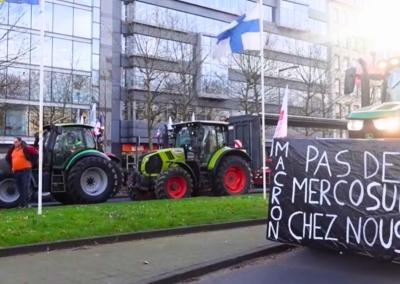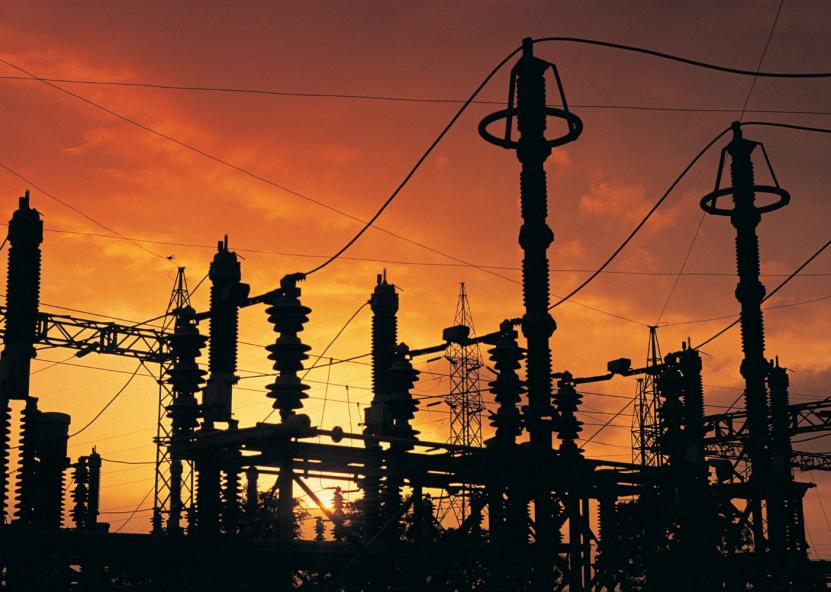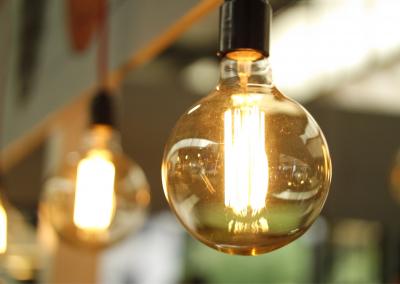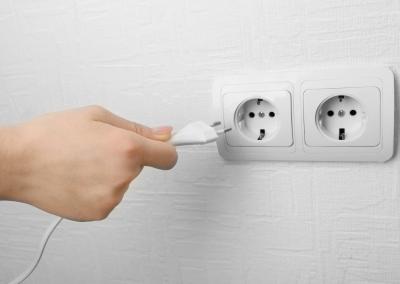Nine months of electricity production in Lithuania is the same as last year
Lithuania's electricity generation remains higher than imports this year – 62.5% of electricity consumption in the first three quarters of 2024. During this period, solar power plants produced more electricity than in the whole of 2020 & 2023 combined, and the number of generating consumers per month is growing on average as much as the population of Birštonas, with 27,400 more consumers since the beginning of the year, or 30.8% more than in 2023.
In September, the country produced 63.5% of the electricity needed for consumption.Power plants using renewable sources continued to make the largest contribution to national generation in September, with wind power plants accounting for 24.7% and solar power plants for 16.9% of electricity consumed.
In comparison, in September last year, domestic electricity met 51.5% of the country's total consumption demand, while solar and wind power plants produced 28.9% of the electricity consumed.
According to the latest data, the authorised generation capacity of solar power plants will increase by 72.5% this year compared to 2023. Since the beginning of the year, solar power plants have already generated more electricity than the Tauragė, Alytus and Utena districts together consumed in the whole of last year.
The permitted generation capacity of wind power plants has increased by 24.7% in the first nine months of this year compared to 2023, and this year they have generated more electricity than Kaunas County consumed in the whole year last year.
Government decisions and financial support have meant that the country's electricity generation capacity continues to grow rapidly, with the number of generating consumers alone increasing by an average of 3,000 every month.



